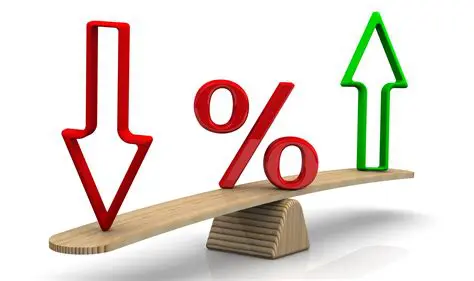In the world of real estate, buyers and sellers have various financing options available to make homeownership more accessible and attractive. One such option that often arises in negotiations is the interest rate buydown. But what exactly is an interest rate buydown, and how can it benefit both buyers and sellers? Let’s delve into the details.

Understanding Interest Rate Buydown:
An interest rate buydown is a financial arrangement in which either the buyer, the seller, or both parties pay an upfront fee to lower the interest rate on a mortgage loan for a specific period. This upfront payment effectively subsidizes the mortgage interest rate, resulting in reduced monthly payments for the buyer during the initial years of the loan term.
Benefits for Buyers:
1. Enhanced Affordability:
By lowering the interest rate, buyers can enjoy reduced monthly mortgage payments, making homeownership more affordable, especially during the crucial early years of the loan.
2. Increased Purchasing Power:
With lower monthly payments, buyers may qualify for a larger loan amount, allowing them to purchase a more expensive property or afford additional amenities.
3. Better Cash Flow Management:
Lower mortgage payments free up cash that buyers can allocate towards other expenses, such as home improvements, savings, or investments.
Benefits for Sellers:
1. Competitive Advantage:
Offering an interest rate buydown can make a property more attractive to potential buyers, especially in a competitive market. It distinguishes the property from others and may sway buyers who are comparing multiple options.
2. Faster Sale:
Properties with an interest rate buydown tend to sell faster than similar properties without this incentive. The reduced financial burden on the buyer enhances affordability and expedites the purchasing process.
3. Higher Sale Price Potential:
A property with an interest rate buydown may command a higher sale price, as buyers perceive the added value of lower mortgage payments over time.
How Interest Rate Buydowns Work:
1. Single-Point Buydown:
In a single-point buydown, the buyer or seller pays a one-time upfront fee to lower the interest rate by a predetermined amount for the entire loan term.
2. Graduated Buydown:
With a graduated buydown, the interest rate decreases gradually over a specified period, such as the first three years of the loan. The upfront fee is higher, but the reduction in monthly payments is more significant initially.
3. Temporary Subsidy Buydown:
In a temporary subsidy buydown, the seller contributes funds to a third-party lender, who then subsidizes the buyer’s mortgage payments for a set period, typically the first few years of the loan.
Conclusion:
Interest rate buydowns offer tangible benefits to both buyers and sellers in real estate transactions. Buyers enjoy increased affordability, purchasing power, and cash flow management, while sellers gain a competitive edge, expedite sales, and potentially command higher sale prices. Understanding the mechanics and benefits of interest rate buydowns can empower both parties to negotiate effectively and achieve their respective goals in the real estate market.
